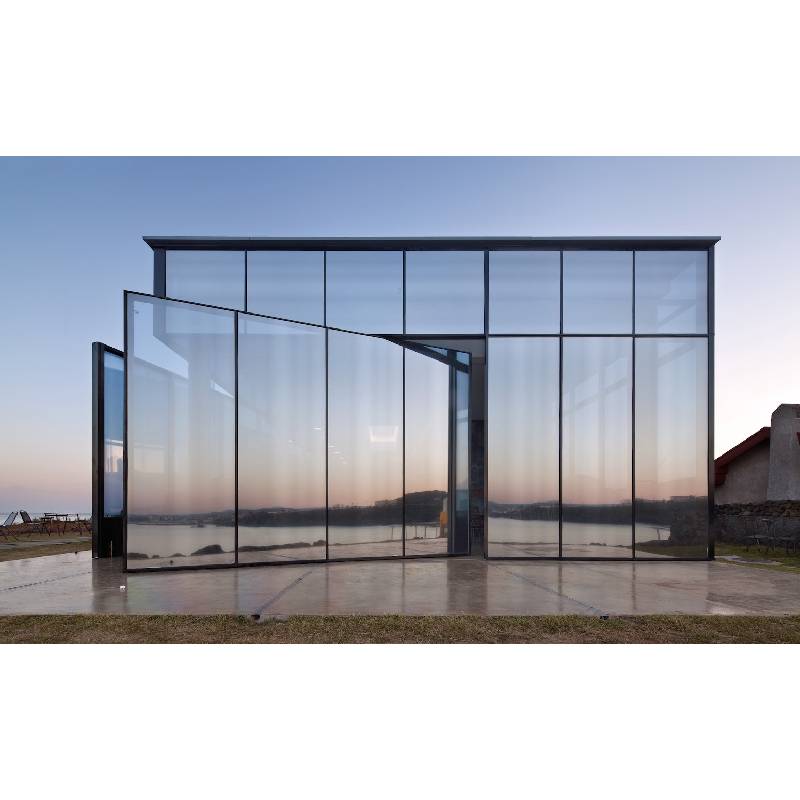

Understanding the Reed Pattern in Glass An Artistic and Functional Perspective
The exquisite world of glass design is a blend of art, science, and history, where a myriad of patterns and textures come together to create functional and decorative pieces. One such captivating design is the reed pattern, which has garnered admiration for its unique aesthetic appeal and practical benefits.
The Origin of Reed Pattern Glass
The reed pattern in glassmaking can be traced back to various historical periods, particularly during the late 19th and early 20th centuries. This design is characterized by its elongated, vertical lines that mimic the appearance of tall grasses or reeds swaying gently in the breeze. The reed pattern is often created through various techniques, including etching and molding, which help to accentuate the textures and reflections in the glass.
Aesthetic Appeal
The reed pattern's allure lies in its elegant simplicity and versatility. The linear designs add depth and movement to glass objects, making them visually engaging. When light interacts with these textures, it creates enchanting reflections and shadows, further enhancing the beauty of the piece. Artists and craftsmen have utilized the reed pattern in various glass articles, including vases, bowls, and lamps, allowing for a harmonious interplay between functionality and decoration.
Functional Benefits
While the reed pattern is undoubtedly a feast for the eyes, it also offers practical advantages. The texture created by the reed design can improve grip on glass objects, preventing slips and enhancing usability. This feature is particularly valuable in everyday items, such as drinking glasses and pitchers. Additionally, the ridges and grooves in the reed pattern can detour drips and spills, making it a functional choice for both casual and formal settings.

Contemporary Interpretations
In contemporary glassmaking, the reed pattern has experienced a resurgence, with modern artisans experimenting with innovative methods to reinterpret traditional designs. Many craftsmen now incorporate vibrant colors and varied techniques, such as fusing and blown glass, to create unique pieces that resonate with today’s aesthetic trends. This blend of old and new reflects the ongoing evolution of glassmaking, where tradition meets modernity, leading to exciting results that appeal to diverse tastes.
Cultural Significance
The reed pattern is not merely a design choice; it also carries cultural significance in various contexts. In many cultures, the symbolism of reeds often relates to resilience and adaptability, drawing parallels to the human experience. Sturdy yet graceful, reeds thrive in various environments, mirroring the adaptability of art and design to changing societal values. Hence, incorporating reed patterns into glasswork can evoke these themes, allowing viewers to forge connections between the art piece and broader metaphorical notions.
Collecting Reed Pattern Glass
Collectors of glass art often seek pieces adorned with the reed pattern due to their timeless beauty and historical significance. Vintage artifacts, especially those from renowned glassmakers, are coveted for their craftsmanship and artistry. Observing the variations among different manufacturers can provide insight into the evolution of glassmaking techniques and aesthetic sensibilities over the years. Collecting reed pattern glass is not only a pursuit of beauty but also a journey through history and artistry, culminating in a diverse range of pieces that tell a story.
Conclusion
The reed pattern in glass embodies a harmonious blend of artistry and functionality. Its captivating aesthetic appeals to both the eye and the intellect, making it a cherished choice among glass artisans and collectors alike. As glassmaking continues to evolve, the reed pattern stands as a testament to the enduring nature of design, inviting appreciation in both historical and contemporary contexts. Whether reflecting light in a modern home or standing as a nod to tradition, reed pattern glass remains a timeless expression of creativity and beauty in the world of art.